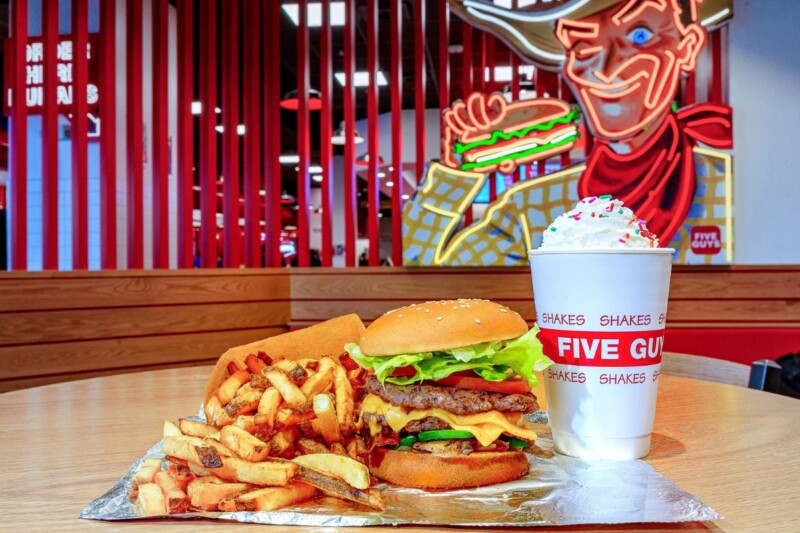California Restaurant Association Chief Talks Taxes And Minimum Wages
What industry in California pays more in state and local sales taxes than any other? As of last year, according to Jot Condi, president and CEO of the California Restaurant Association, restaurants became the No. 1 source of such tax revenues last year, sprinting by car dealerships. It makes the restaurant industry the leading funder in the state of local education, fire and police services and local transportation.
Condi’s comments were one of the highlights of the annual 2018 Foodservice Forecast event staged February 21 for Pacific Gas & Electric at the Food Service Technology Center in San Ramon, Calif. The session also featured an overview of industry, regulatory, energy, equipment rebate and other trends from Richard Young, v.p.-education for Frontier Energy, which operates the FSTC for the investor-owned utilities in California. FER Publisher Robin Ashton presented an overview of the magazine’s 2018 E&S market forecast. Young and Ashton also took their presentations to Southern California Edison, in Irwindale, Calif., the following day.
“We have to figure out a way to get government officials to recognize the contributions of the restaurant industry not just to the tax base, but to the vibrancy of all our communities, large and small, urban and rural,” Condi said.
The CRA chief also commented on the issues being raised by California’s inexorable yearly march toward a $15-an-hour minimum wage. The wage is currently at $11 an hour, but increases $1 an hour every year going forward.
One of the peculiarities of the California restaurant economic environment is that the state is one of the few in the nation without a tip credit, which typically allows operators to pay servers half the prevailing minimum wage in a state, figuring that tips add to their total hourly take. Servers in California are currently, with the $11 an hour prevailing wage, averaging $22 an hour. They are usually the most highly compensated employees in a full-service operation, except for the GM and the executive chef. Meanwhile, many other back-of-the-house employees are usually at or only slightly above minimum wage. The increase of minimum wage just will continue to add to the disparity, Condi said.
So, CRA is proposing that the state legislature hold the minimum wage for servers at the current $11 an hour, but raise the minimum wage for back-of-the-house and other non-tipped employees immediately to $15 an hour. It will be interesting to see how it plays out.
One effect of the pressure of the rising wages and other economic pressures on full-service operations is a dramatic drop in the number of full-service operations in California, Condi said. “Ten years ago, 55% of the restaurants in California were full-service concepts. Last year, that number dropped to 39%.” Some went out of business, to be replaced by limited service operations. Others have actually converted from full-service to fast-casual or other counter-service concepts. “Think of all the lost jobs for servers,” Condi said. His group calculates the loss in the tens of thousands.
RELATED CONTENT
- Advertisement -
- Advertisement -
- Advertisement -
TRENDING NOW
- Advertisement -
- Advertisement -
- Advertisement -


